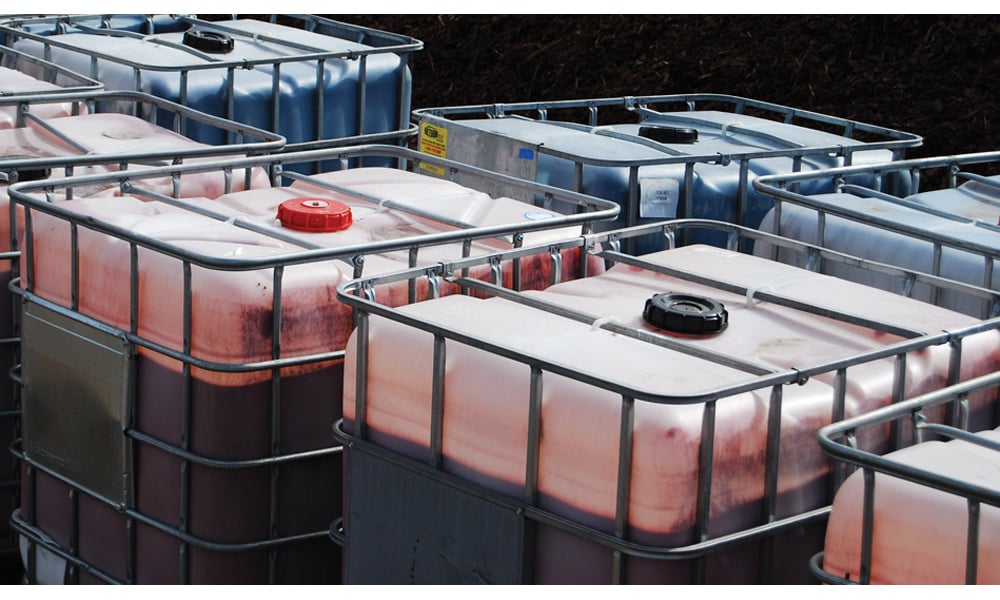
As a commodity product, it can feel like you have little control over the price of your fiber. The construction company, pallet company or brush clearing crew you get your fiber from sets a price and you pay it. There may be some negotiations based on quantity, but that can feel like the only wiggle room you have. Thankfully, there are other ways to think about fiber that can help you save money in the long run. Here are some tips to keep your fiber price in check and ultimately grow profits for your mulch production business.
Transportation costs
Transportation costs are perhaps the single greatest variable when it comes to your overall fiber costs. Again, it can feel like you have little control over these prices, but you do have control over how you transport materials. Are you shipping the fiber yourself or is that cost baked into your purchase price? Are you using a transportation partner or loading fiber onto your own trucks? How far away are your fiber sources and is it possible to find fiber closer to your mulch yard? While specific cost-saving opportunities will be unique to each business based on your own processes, taking time to reevaluate your transportation costs is the first step in reining in your overall fiber costs.
Type of fiber you use
The kind of fiber you use for your mulch production business can have a significant impact on your overall costs. If you’re using premium wood fiber, your costs will certainly be on the higher side, but you’ll also be able to charge a higher price for your product. But is that really the most profitable solution? By reevaluating the fiber you use and thus the type of mulch products you create, you may be able to generate better results for your business.
For example, green waste fiber is almost always on the lowest end of the cost spectrum. Could you reduce your fiber costs by using green waste instead of more expensive wood fiber? What if you partnered with a pallet manufacturer and used that fiber to create a premium colored mulch product? Again, there’s no single answer to these questions. You will need to assess your local market and evaluate the demand for certain kinds of products. But by challenging your own sourcing process and reconsidering both the type of fiber you use and the products you create, you may be able to reduce costs while increasing revenue.
Miscellaneous costs
While it may seem obvious, it’s important to recognize that your fiber acquisition costs are only one component of your total expenditures. So, you need to keep the big picture in mind when looking to reduce costs and increase profitability. Would cheaper green waste fiber come with additional grinding or maintenance costs because of the increased moisture? Are customers in your market only interested in natural wood mulch or are they clamoring for a more aesthetically pleasing colored mulch product? How can you change the type of customer you target to increase revenue? By asking these questions and looking at your mulch production business holistically, you can identify new opportunities and refine your processes to increase profitability.
Want to improve your offerings by introducing premium colored mulch to your product line? Contact ChromaScape to see how Amerimulch colorants and equipment iumcan drive results for your business.



